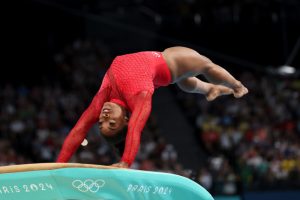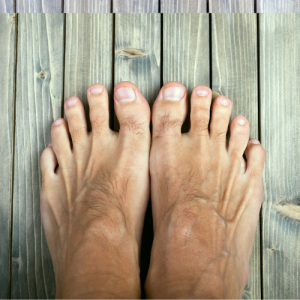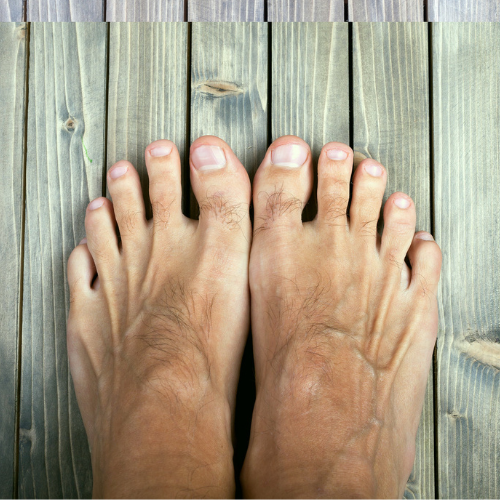The United States women’s gymnastics team is making a strong showing at the 2024 Paris Olympic Games. However, during the qualifying rounds, there was a moment of concern involving Simone Biles, the seven-time Olympic medalist and all-around gold medalist from the Rio 2016 Olympics. While warming up on the floor exercise prior to Rotation 2 of the team competition, Biles appeared to have injured her right leg. After being evaluated by medical staff, Biles continued to compete. According to her coach, Cecile Landi, Biles “felt a little something in her calf.”
Despite favoring her left leg, Biles’ performance did not seem to suffer. She achieved the top scores for the all-around competition! This impressive performance helped the U.S. team lead their subdivision in the qualifying round, ahead of second-place Italy by nearly six points. It appears that whatever happened to Biles’ calf is not severe enough to keep her from competing in the 2024 Olympic Games.
Anatomy of the Calf: Understanding the Basics
There are several things that can cause calf pain. Your calf consists of two different muscles, the gastrocnemius and the soleus, that connect to your Achilles tendon, which in turn connects to your heel bone. Calf pain can range from a little twinge to some stiffness or weakness to Oh-my-goodness-my-calf!!! Naturally, the more severe the symptoms, the more concerning the situation.
Common Causes of Calf Pain
Understanding the potential causes of calf pain is crucial, especially for athletes who push their bodies to the limit. Some common causes include calf cramps and calf strains.
Degrees of Muscle Strains can be Mild (First Degree), Moderate (Second Degree), or Severe (Third Degree).
A first-degree or mild strain affects less than five percent of the muscle mass. You can usually return to sports from such injuries within one to three weeks. Sooner if you are trying to win a gold medal!
A second-degree or moderate strain involves more of the muscle but is still not a complete tear. This can take three to six weeks before you can get back to full activity.
Finally, a third-degree or severe strain is a complete tear through the muscle or muscle tendon apparatus. This will keep you out for many weeks, likely months. If the strain is mild, typically, you don’t need any type of imaging. Magnetic resonance imaging (MRI) can help identify a more severe injury such as a complete tear of your muscles. An MRI or an ultrasound can help rule out other causes of calf pain as well, such as an injury to your Achilles tendon, sciatica, deep vein thrombosis (DVT), or compartment syndrome. You don’t want to miss a life-threatening condition like a DVT mimicking a pulled calf muscle. So, if you don’t have a reason for a calf strain, like you’ve been sitting on your couch all along, you may want to get your lower leg checked out by Dr. Rappette DPM, FACFAS at Foot & Ankle Centers.
With our in-office x-ray & ultrasound services there is no need to wait at urgent care.
Get faster care & save money! Give us a call.
To schedule an appointment today with Dr. Rappette DPM, FACFAS, call:
Foot & Ankle Centers
Morris: (815) 942-9050
Yorkville: (630) 553-9300
Simone Biles’ Calf Injury: What We Know
For athletes like Biles, a prompt and accurate medical evaluation is crucial. The medical staff’s quick assessment allowed her to continue competing, demonstrating the importance of having experienced medical professionals on hand during such high-stakes events.

If Biles did suffer a calf muscle strain, chances are it’s mild. Now, if she were a recreational athlete, it would be a good idea for her to give her lower leg a rest. But the Olympics do come only once every four years. So, unless the injury is or turns more severe, expect her to keep competing in the women’s gymnastics competition and winning!








